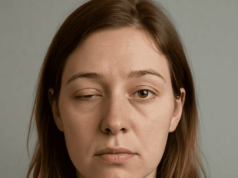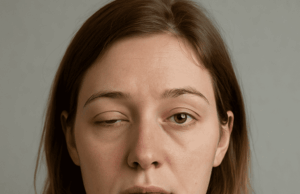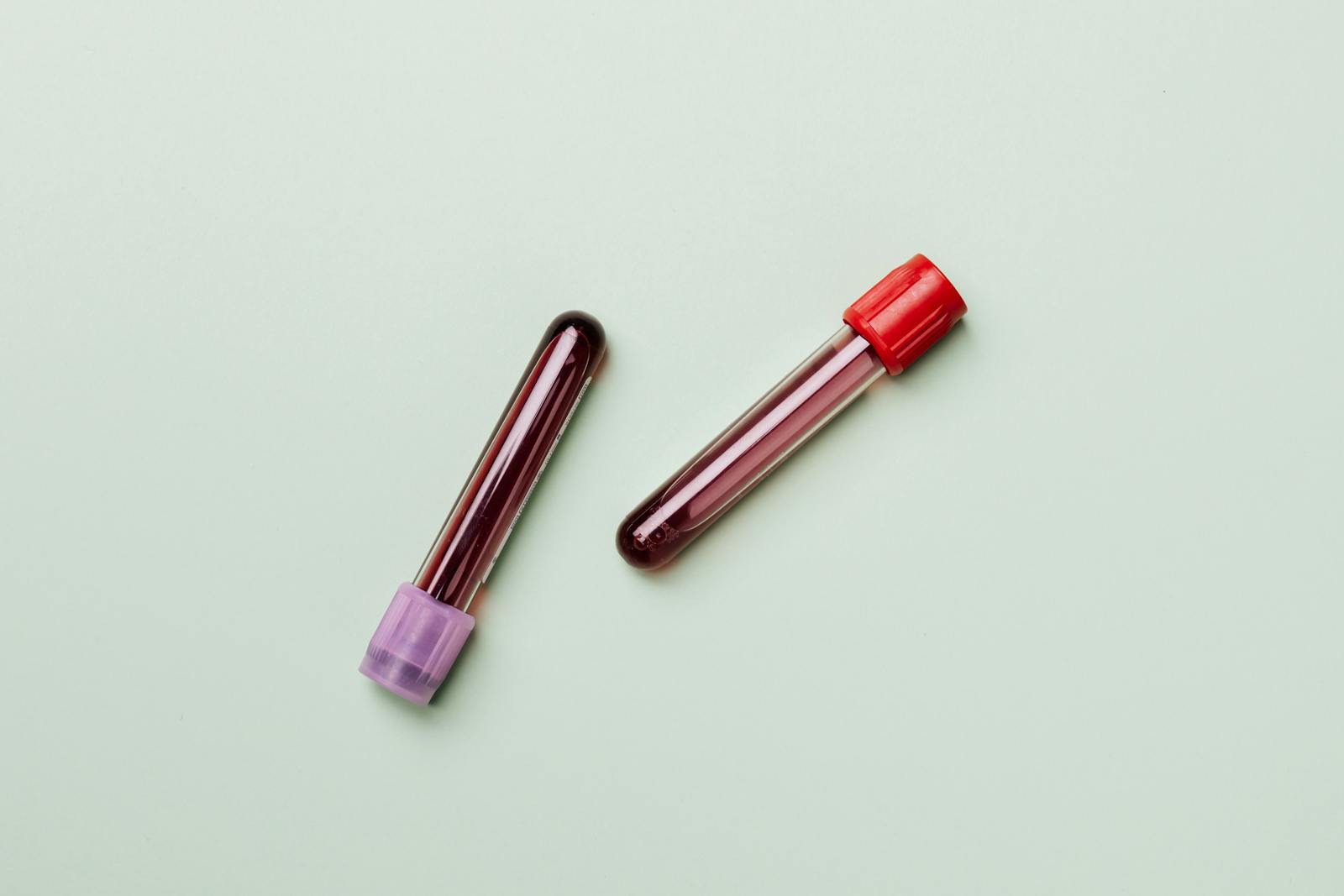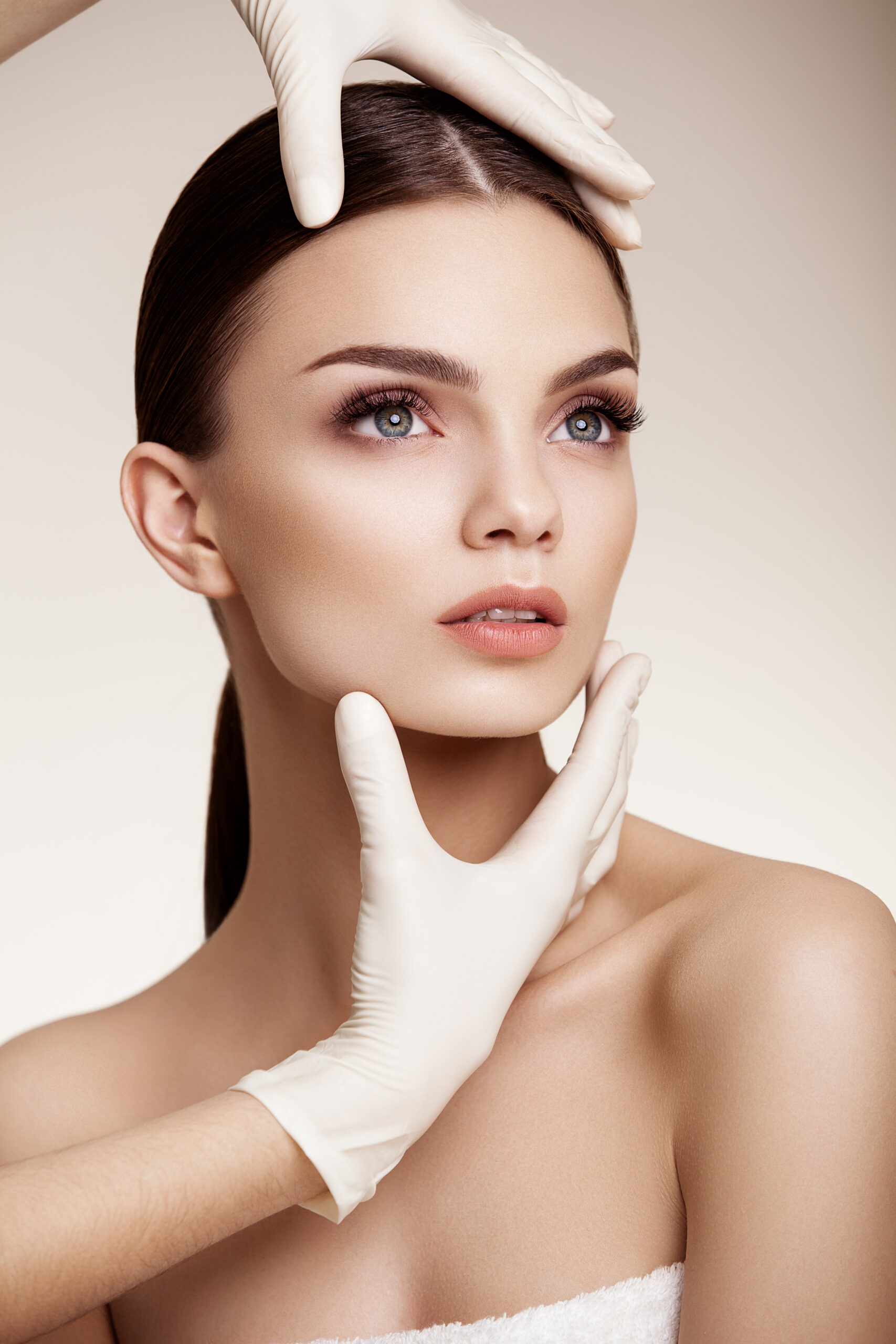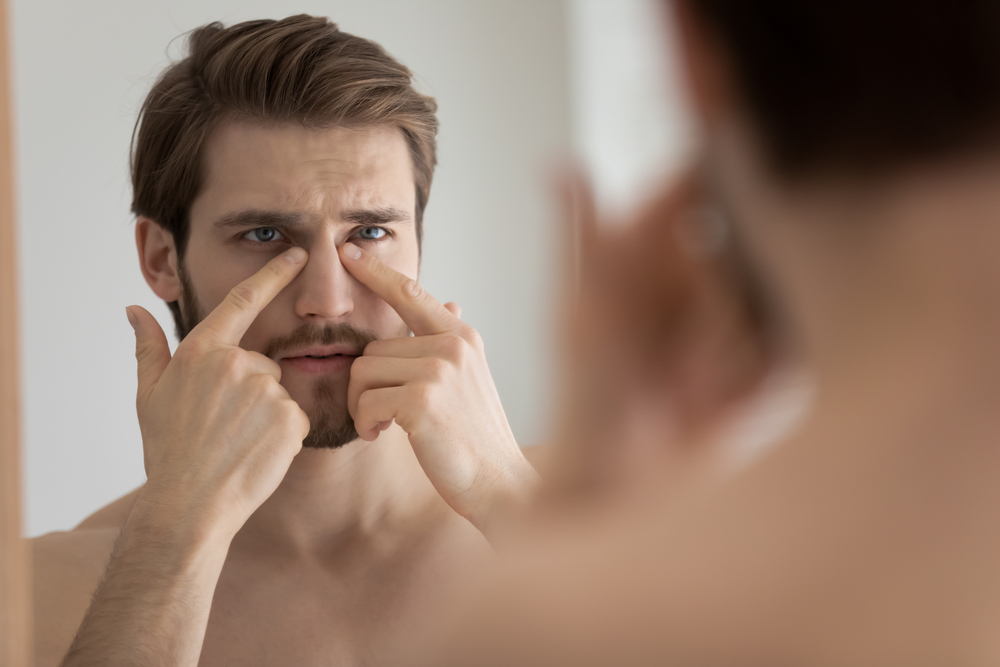Botox treatment has surged in popularity over the past few decades, becoming a household name for those seeking to reduce the appearance of fine lines and wrinkles. However, beyond its reputation as an anti-aging remedy, Botox serves a plethora of purposes that extend well into both cosmetic and medical realms.
What is Botox?
Botox is a neurotoxic protein produced by the bacterium Clostridium botulinum. In controlled doses, it can be used therapeutically for a range of conditions. Primarily, Botox works by blocking nerve signals in the muscles where it is injected. This prevents the targeted muscles from contracting, leading to a temporary smoothing of facial lines and wrinkles.
Cosmetic Uses
The most common cosmetic application of Botox is to reduce the appearance of facial wrinkles, particularly those around the eyes and forehead. Known as dynamic wrinkles, these are the result of repeated muscle movements, such as frowning or squinting. Patients often seek Botox treatments to achieve a more relaxed and youthful appearance. The procedure is minimally invasive, with injections typically lasting between 10 to 30 minutes and results visible within a few days, lasting up to three to six months.
Medical Applications
Beyond its cosmetic allure, Botox has several FDA-approved medical uses. It is effective in treating chronic migraines, muscle spasms, and excessive sweating (hyperhidrosis). Moreover, it can be used to manage conditions like cervical dystonia, a painful neurological disorder affecting the neck and shoulder muscles, and even overactive bladder issues.
The Procedure
Before undergoing Botox treatment, it’s essential to consult with a qualified healthcare professional to evaluate your specific needs and medical history. During the procedure, small amounts of Botox are carefully injected into targeted areas using a fine needle. The discomfort is minimal and usually short-lived, making it a convenient option for those with busy schedules.
Considerations and Side Effects
While Botox is considered safe for most people, it does have potential side effects. Common side effects include mild pain or bruising at the injection site, headaches, or temporary facial weakness in the injected areas. Patients are advised to avoid alcohol, aspirin, and certain anti-inflammatory drugs a few days before treatment to minimize bruising.
Botox offers both cosmetic and medical benefits, catering to a diverse range of needs. Whether you are looking to smooth wrinkles or relieve a medical condition, understanding the scope and nature of Botox is essential to making an informed decision about treatment. Always consult with a certified professional to ensure the best outcomes and maintain your safety throughout the process.


